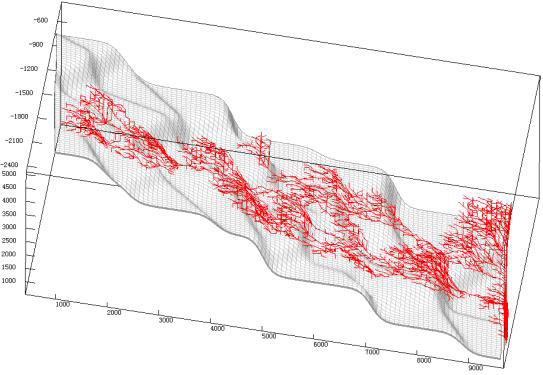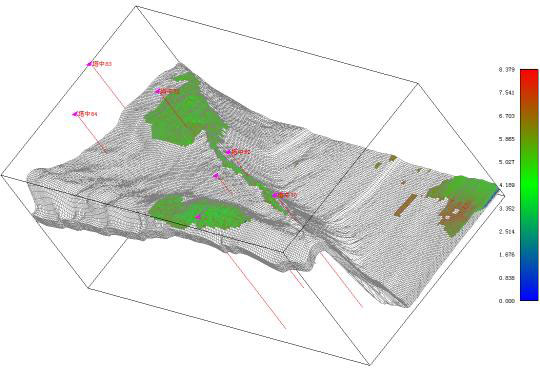Abstract/Excerpt
A 3D Modeling Technology of Hydrocarbon Migration and Accumulation in Fractured-Vuggy Carbonate Reservoir and Its Application in Tazhong Area, Tarim Basin, China
Qiulin Guo¹, Hongbing Xie¹, Jianzhong Li¹, Ningsheng Chen¹, Yongbin Liu²,
Wenjing Yang³, Zhongyao Xiao³, Yuhong Lu³, and Min Zheng¹
¹Research Institute of Petroleum Exploration and Development (RIPED), Petrochina, Beijing, China
²Korla Institute of BGP, CNPC, Korla, Xinjiang, China
³RIPED of Tarim Oilfield Company, PetroChina, Korla, China
Capacities of fractured-vuggy carbonate rocks are mainly fractures, holes and pores. Considering the features of strong heterogeneity, relatively poor connectivity and fast decline of oil and gas production, it is difficult to accurately evaluate petroleum resources or reserves using traditional volumetric method, impossibly catering to the needs of medium/long-term exploration strategy. Based on three-dimensional invasion percolation model (3D-IP), structure and porosity data, this paper proposes a modeling technology to simulate hydrocarbon migration and accumulation in fractured-vuggy carbonate rocks. Essentially, the technology is to find the most favorable paths in 3D geologic objects that hydrocarbon can migrate, and to calculate the amount of accumulations by the quantity of supplied hydrocarbon. There are 3 main points: (1) migration paths are traced along the direction with least resistance; (2) when an obstacle is encountered, oil and gas is re-injected; (3) when the balance between driving force and resistance is broken, oil and gas continues to migrate along the weakest points and paths. This technology makes up for the inadequacy of the volumetric method. It can not only predict the amount of petroleum resources, but also their locations. By stochastic model experiment and practical application in Block S6 and S8 and adjacent areas, Tazhong Area, Tarim Basin, this paper proves the validity and superiority of the proposed technology, guiding the exploration of fractured-vuggy reservoir in the slope area.
 Figure 1. Simulated hydrocarbon migration pathways. |
 Figure 2. Simulated result of hydrocarbon accumulation volumes. |
AAPG Search and Discovery Article #120098©2013 AAPG Hedberg Conference Petroleum Systems: Modeling the Past, Planning the Future, Nice, France, October 1-5, 2012
